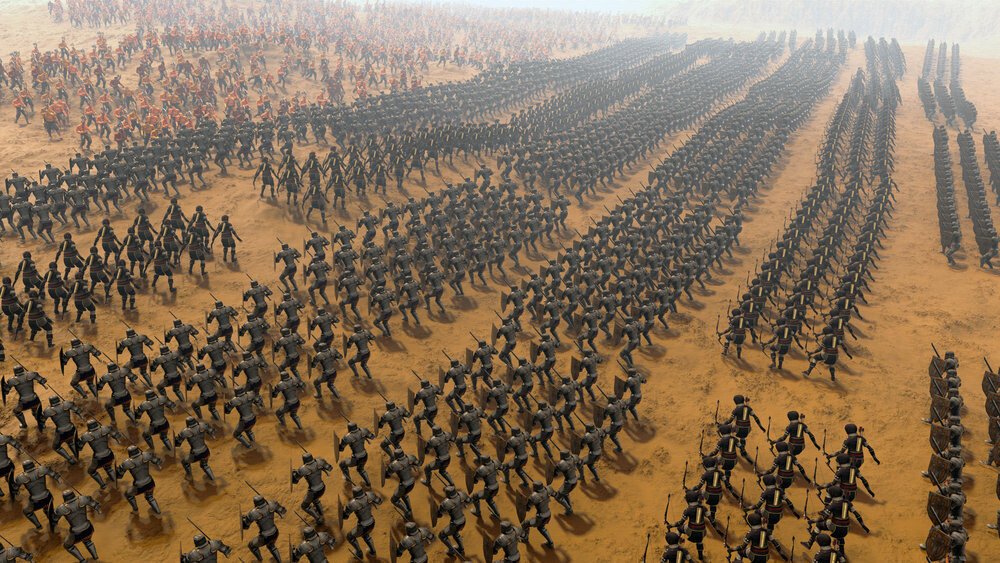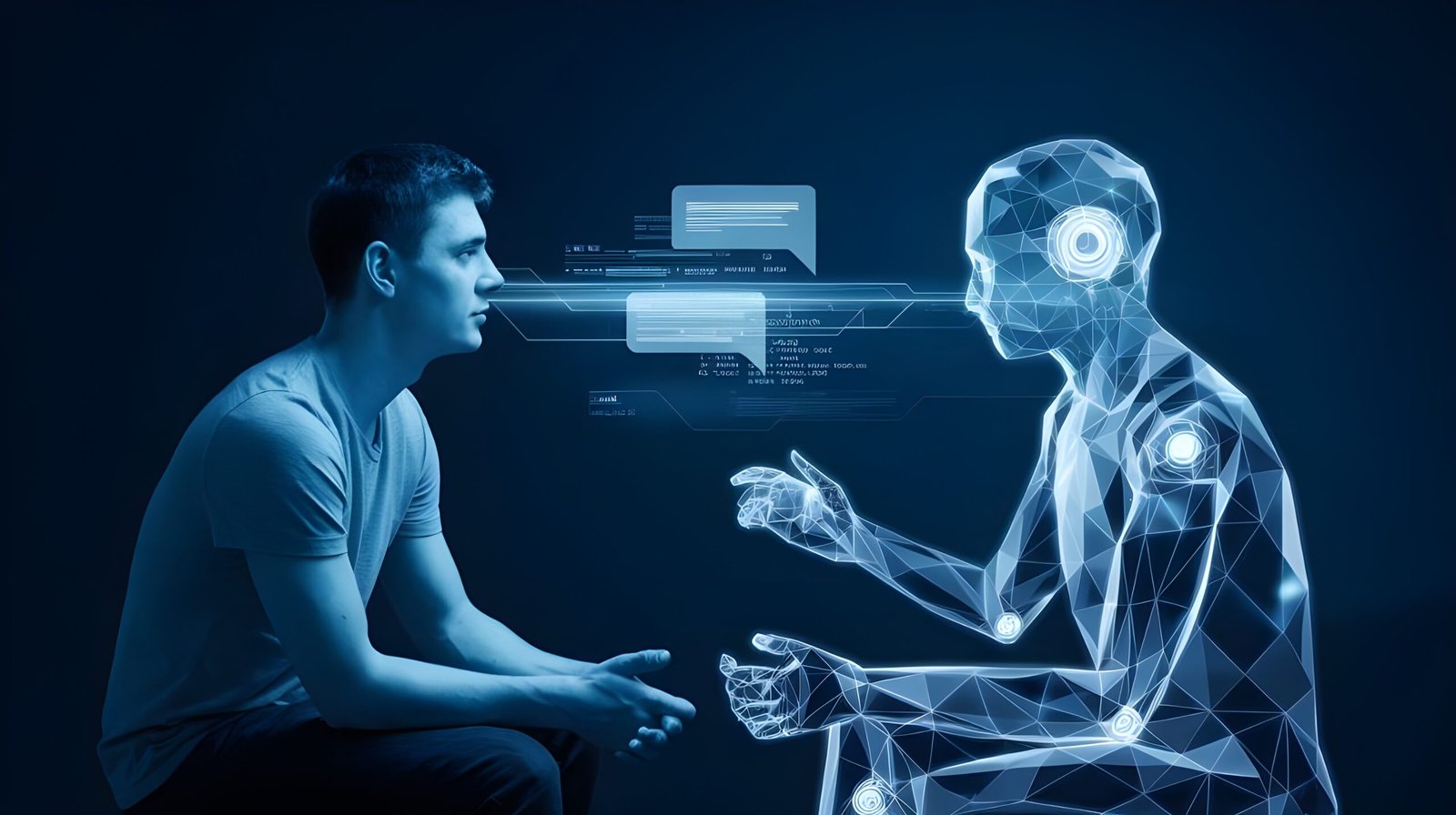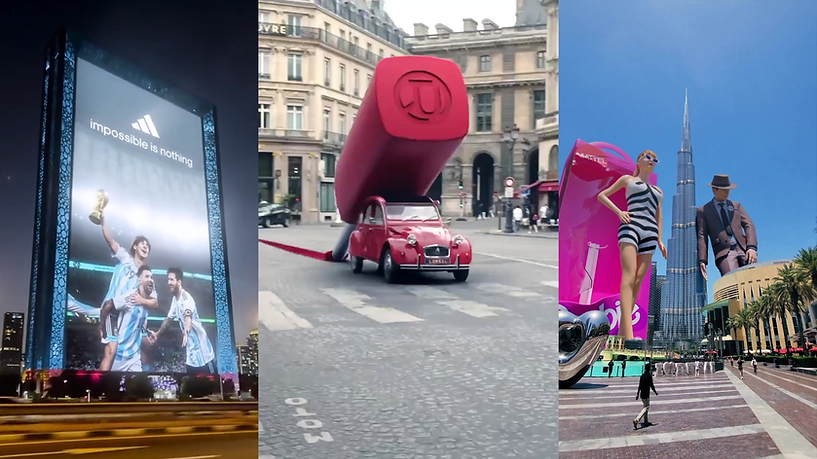In the rapidly evolving world of digital animation and visual effects, the need for realistic, dynamic crowd simulations has become critical. By 2030, the demand for smarter, more immersive crowd behavior in films, games, and virtual environments is set to transform the industry. At the forefront of this revolution is Houdini Crowd Simulation tools, enhanced by AI-driven technologies. The integration of artificial intelligence into Houdini’s crowd systems has already shown a profound impact on both the creative and production processes, delivering unparalleled realism and dynamic interactions.

Table of Contents
Industry Impact of AI-Driven Houdini Crowd Simulations
The use of AI in crowd simulations is creating a significant impact across multiple industries, from filmmaking to game development. Traditionally, creating crowd scenes required painstaking animation and manual control, limiting the scope of interaction between crowd agents. With the advancement of AI-powered Houdini crowd systems, individual crowd agents can now behave autonomously, react to environmental changes, and exhibit more human-like actions.
By 2030, this technology will reshape industries reliant on high-quality digital environments, such as:
- Film and TV production: For large-scale battle sequences, sports stadiums, and bustling cityscapes, AI-powered crowds bring a new level of dynamism.
- Game development: In open-world games, massive real-time crowds can now react intelligently to player actions.
- Virtual and augmented reality: Enhanced by AI, crowd simulations in virtual environments can immerse users more deeply, making interactions more believable.
Benefits of AI-Powered Houdini Crowd Simulations in the Industry
The introduction of AI in crowd simulations allows for greater scalability, autonomy, and adaptability. With Houdini Crowd tools, creators can simulate tens of thousands of individuals with distinct behaviors based on predefined or evolving conditions. This transforms how scenes are created and how they are experienced by viewers or players.
1. Enhanced Realism and Human Behavior
AI allows each agent in the simulation to respond to environmental factors like terrain, obstacles, or weather. This makes crowds move and react as real humans would, even if they’re in a massive mob. For example, soldiers in a battle scene can react to nearby explosions or fellow soldiers falling, while a crowd at a concert can cheer, dance, or follow the crowd’s movement naturally. The behaviors of these agents are not pre-scripted; instead, they arise from their real-time interpretation of the environment, increasing the authenticity of their responses.
2. Efficiency in Production Pipelines
The automation of crowd behavior with AI reduces the amount of manual keyframing and adjustment necessary, resulting in faster workflows. Previously, production teams had to tweak crowd movements meticulously. Now, thanks to Houdini Crowd AI systems, agents can be deployed to react in intelligent ways without requiring micro-management, improving efficiency. By 2030, production teams will rely heavily on this to meet tight deadlines for highly complex scenes without sacrificing quality.
3. Adaptability for Multiple Applications
AI-powered crowd simulations in Houdini aren’t just for action-packed battle scenes. They extend to any scenario requiring large groups of people interacting. Whether it’s a bustling marketplace, a sports event, or a traffic-heavy street, Houdini’s AI system adapts to a variety of settings. Game developers can populate open-world cities with pedestrians who exhibit distinct routines and behaviors, enhancing the player immersion and narrative depth.
Success Stories and Real-World Examples
Houdini’s AI-driven crowd simulations have already shown massive success in multiple blockbuster productions and next-gen games. Here are three standout examples where this innovative technology has made an industry-wide impact:
1. The Battle of Winterfell in Game of Thrones (HBO)
One of the largest-scale battles in modern television history, the Battle of Winterfell in Game of Thrones relied heavily on AI-powered crowd simulation tools from Houdini. The challenge was to create a chaotic, yet realistic battle involving thousands of undead soldiers clashing with human forces. Each character needed to respond to shifting battle dynamics: running, falling, fighting, and reacting to environmental changes. Houdini’s AI-driven system allowed the production team to simulate organic crowd movements without having to animate each individual soldier manually. This saved countless hours of work while producing one of the most iconic battle scenes on television.


2. The Crowd Dynamics of Cyberpunk 2077
In the futuristic open-world game Cyberpunk 2077, populating the sprawling city of Night City with believable NPCs was essential to creating an immersive gaming experience. Houdini’s AI-powered crowd simulation tools allowed developers to craft distinct behavior patterns for each crowd group. Whether it was pedestrians, vendors, or even criminals, each agent in the game responded in real-time to the player’s actions and environmental changes. This added an entirely new dimension to the gameplay, where player choices impacted not just individual characters but the entire environment.


3. Virtual Concert Experiences in Fortnite
Fortnite has become a leader in virtual event experiences, and one of its standout moments was a live in-game concert attended by millions of virtual players worldwide. AI-driven crowd simulation played a crucial role in simulating vast digital audiences that danced, cheered, and reacted to the concert in real-time. Houdini’s AI system allowed Epic Games to create highly responsive and dynamic crowd behaviors, ensuring every attendee felt like part of a shared live experience, despite being in a virtual world.


Innovative Use of AI in Crowd Simulations
Houdini’s crowd simulation system has gone beyond mere large-scale scenes and created a foundation for real-time crowd behaviors, integrating with machine learning algorithms to enhance decision-making and interactions. By 2030, these technologies will likely lead to even more breakthroughs in how characters interact within environments, responding to not only direct stimuli but more abstract conditions like emotional states or long-term goals.
In future applications, this means AI agents could potentially evolve based on the scenario’s context. For example, in a post-apocalyptic setting, survivors in a crowd could form alliances, defend territories, or make survival decisions based on shared goals rather than simple pre-programmed routines. The implications for game design, film narrative, and virtual experiences are profound, enabling dynamic storytelling where crowds become part of the story itself.
Overall
Houdini’s AI-powered crowd simulations represent a major leap in real-time crowd interaction and are revolutionizing how crowds are portrayed in film, games, and virtual reality. From saving production time to generating more immersive experiences, AI-driven crowd behaviors are already transforming the landscape of visual effects and interactive media. As these tools evolve, the potential for more intelligent and responsive crowd systems will only continue to grow, offering endless possibilities for creative professionals.
With years of expertise in this technology, we are here to support your needs. If you’re interested in learning more about similar technologies and how they can be applied, feel free to reach out to our team at Studio Imageworks. You can also connect with us via LinkedIn or reach our support team on WhatsApp.






